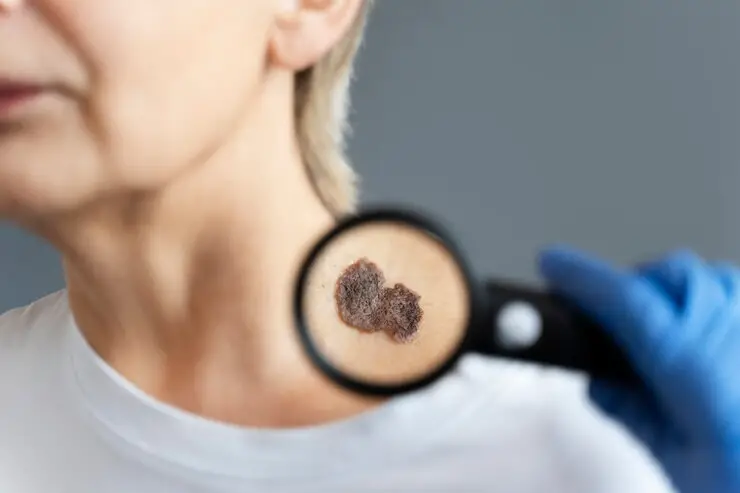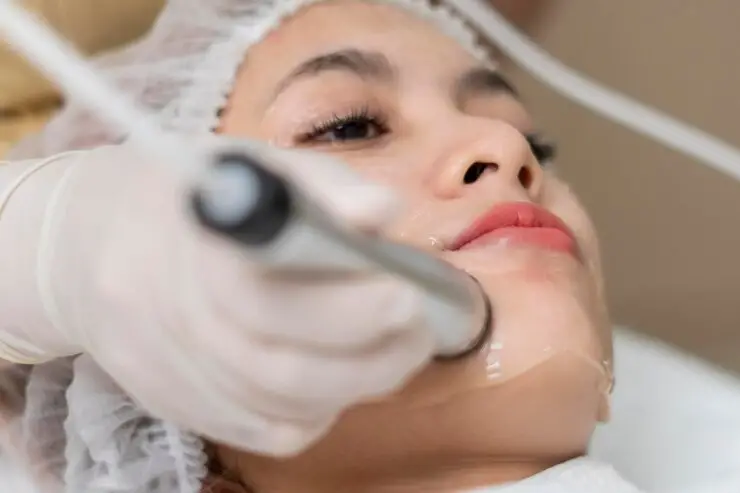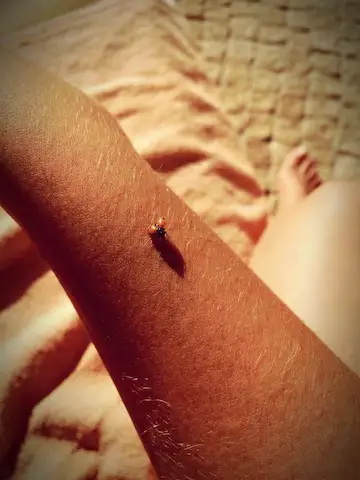Unraveling Skin Cancers Types, Causes, Prevention, and Treatment

Introduction: Skin cancer is the most common type of cancer worldwide, affecting millions of people each year. It occurs when abnormal cells grow uncontrollably in the skin, leading to the formation of malignant tumors. Understanding the different types of skin cancer, their causes, prevention strategies, and treatment options is crucial for early detection, effective management, and prevention of this potentially life-threatening condition.


Page Contents
Unraveling Skin Cancers Types, Causes, Prevention, and Treatment
3 Types of Skin Cancer:
There are several types of skin cancer, each with distinct characteristics and risk factors. The three main types of skin cancer include:
- Basal Cell Carcinoma (BCC): Basal cell carcinoma is the most common type of skin cancer, accounting for the majority of cases. It typically appears as a small, shiny bump or pinkish patch on the skin and tends to grow slowly. BCC rarely spreads to other parts of the body but can cause disfigurement if left untreated.
- Squamous Cell Carcinoma (SCC): Squamous cell carcinoma is the second most common type of skin cancer, often developing on sun-exposed areas such as the face, ears, neck, and hands. It usually presents as a red, scaly patch or sore that may bleed or crust over. SCC can metastasize to other organs if left untreated, although this is relatively rare.
- Melanoma: Melanoma is less common than basal cell and squamous cell carcinomas but is more aggressive and can be life-threatening if not detected and treated early. Melanoma originates in the pigment-producing cells called melanocytes and can develop anywhere on the body, including areas not exposed to the sun. It often presents as an unusual mole or dark spot that changes in size, shape, or color over time.
6 Causes and Risk Factors:
The primary cause of skin cancer is exposure to ultraviolet (UV) radiation from the sun or artificial sources such as tanning beds. UV radiation damages the DNA in skin cells, leading to genetic mutations that can trigger the development of cancer. Other risk factors for skin cancer include:
- Fair skin, light hair, and blue or green eyes
- History of sunburns, especially during childhood or adolescence
- Family history of skin cancer
- Weakened immune system due to medical conditions or medications
- Occupational exposure to sunlight or chemicals
- Previous history of skin cancer or precancerous skin lesions
6 Prevention:
Preventing skin cancer involves minimizing exposure to UV radiation and adopting sun-safe behaviors. Here are some preventive measures individuals can take:
- Seek shade, especially during peak sun hours (10 a.m. to 4 p.m.).
- Wear protective clothing, including wide-brimmed hats, sunglasses, and long sleeves.
- Use broad-spectrum sunscreen with a sun protection factor (SPF) of 30 or higher, and reapply every two hours or after swimming or sweating.
- Avoid indoor tanning beds and booths, which emit harmful UV radiation.
- Perform regular skin self-exams to monitor for changes in moles, freckles, or other skin lesions.
- Schedule annual skin cancer screenings with a dermatologist, especially for individuals at higher risk.
5 Treatment:
Treatment for skin cancer depends on the type, stage, and location of the cancer, as well as the individual’s overall health and preferences. Common treatment options for skin cancer include:
- Surgical excision: Removing the cancerous lesion and a margin of surrounding healthy tissue to ensure complete removal.
- Mohs surgery: A specialized surgical technique that allows for precise removal of skin cancer while preserving as much healthy tissue as possible.
- Radiation therapy: Using high-energy beams to target and destroy cancer cells, particularly for tumors that are difficult to remove surgically.
- Chemotherapy: Administering medications to kill cancer cells or inhibit their growth, either topically or systemically for more advanced cases.
- Immunotherapy: Stimulating the body’s immune system to recognize and attack cancer cells, particularly for advanced melanoma.
How to Take Care of Your Child with Cancer
Caring for a child diagnosed with skin cancer can be challenging and emotionally taxing. While skin cancer is relatively rare in children compared to adults, it can still occur, particularly in cases of melanoma or genetic predispositions.
Here are some essential steps to take care of a child with skin cancer:
- Consult with healthcare professionals: Upon receiving a diagnosis of skin cancer in your child, consult with a team of healthcare professionals, including pediatric oncologists, dermatologists, and surgeons. They can provide specialized care and treatment options tailored to your child’s specific needs.
- Educate yourself and your child: Learn as much as you can about the type of skin cancer your child has been diagnosed with, including its causes, risk factors, and treatment options. Provide age-appropriate information to your child in a calm and reassuring manner, addressing any questions or concerns they may have.
- Follow treatment recommendations: Work closely with your child’s healthcare team to develop a comprehensive treatment plan based on their individual circumstances. This may include surgery to remove the cancerous lesion, radiation therapy, chemotherapy, immunotherapy, or a combination of these treatments. Follow their recommendations diligently and attend all scheduled appointments.
- Provide emotional support: A diagnosis of skin cancer can be distressing for both the child and their family. Offer emotional support to your child by listening to their concerns, validating their feelings, and reassuring them that they are not alone in their journey. Encourage open communication and provide age-appropriate explanations about the treatment process and what to expect.
- Minimize discomfort and side effects: Depending on the type and stage of skin cancer and the chosen treatment approach, your child may experience discomfort, pain, fatigue, or other side effects. Take steps to minimize their discomfort by providing pain relief medications, applying soothing creams or lotions as recommended by healthcare professionals, and ensuring they get plenty of rest and relaxation.
- Promote healthy habits: Encourage your child to maintain healthy habits to support their overall well-being and recovery. This includes eating a nutritious diet, staying hydrated, getting regular exercise as tolerated, and practicing good sleep hygiene. Avoid exposing their skin to direct sunlight, especially during peak hours, and use sun protection measures such as wearing protective clothing, hats, and sunscreen when outdoors.
- Monitor for complications: Keep a close eye on your child’s skin for any signs of recurrence, new lesions, or complications related to their skin cancer or treatment. Contact your child’s healthcare provider immediately if you notice any concerning symptoms or changes in their condition.
- Seek support: Take advantage of support services and resources available to families of children with cancer, such as support groups, counseling services, or online communities. Connecting with other families who have gone through similar experiences can provide valuable emotional support and practical advice.
- Maintain routine medical care: Continue to prioritize your child’s routine medical care and follow-up appointments with their healthcare providers, even after completing treatment for skin cancer. Regular skin exams and monitoring are essential for detecting any signs of recurrence or new skin abnormalities early on.
- Stay hopeful and resilient: While coping with a child’s diagnosis of skin cancer can be challenging, it’s essential to remain hopeful and resilient throughout the treatment process. Focus on the progress your child is making, celebrate small victories along the way, and lean on your support network for strength and encouragement.
Taking care of a child with skin cancer requires patience, resilience, and a collaborative approach involving healthcare professionals, family members, and the child themselves. By providing comprehensive care,
Conclusion:
Skin cancer is a significant public health concern, but it is also one of the most preventable and treatable forms of cancer when detected early. By understanding the different types of skin cancer, their causes, risk factors, and preventive measures, individuals can take proactive steps to protect their skin and reduce their risk of developing this potentially deadly disease. Regular skin self-exams, sun-safe behaviors, and annual skin cancer screenings are essential components of maintaining skin health and reducing the burden of skin cancer on individuals and society.






